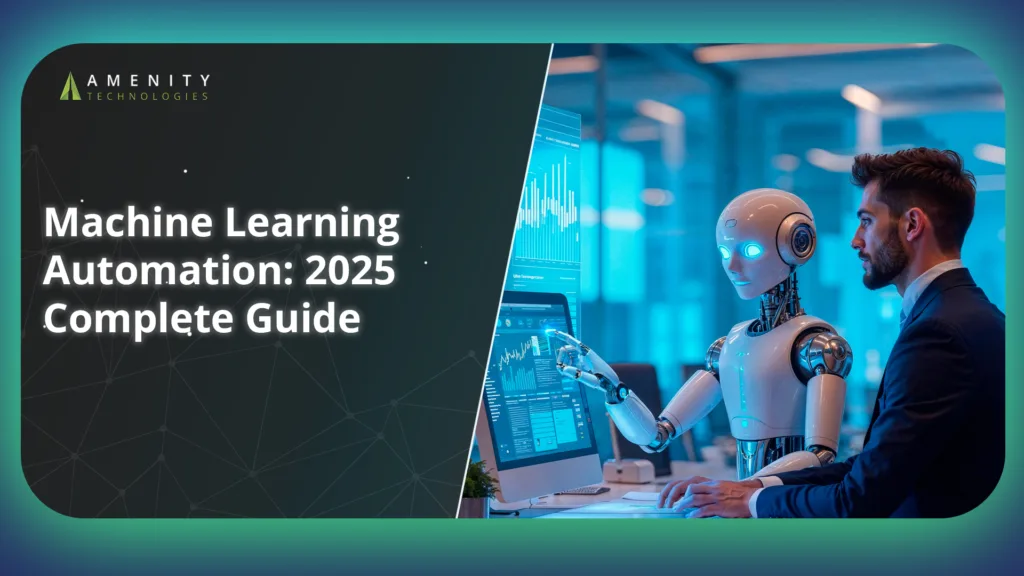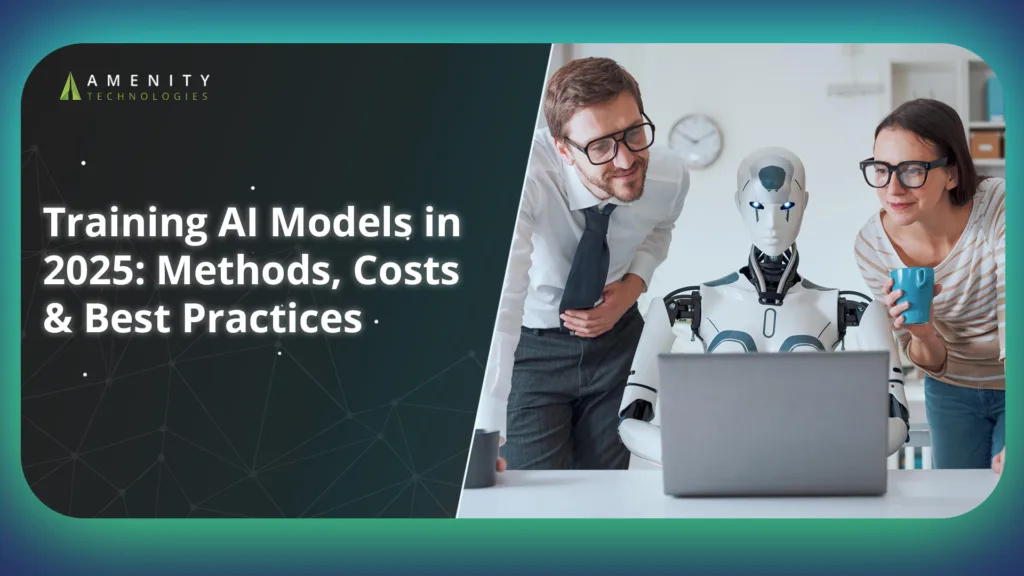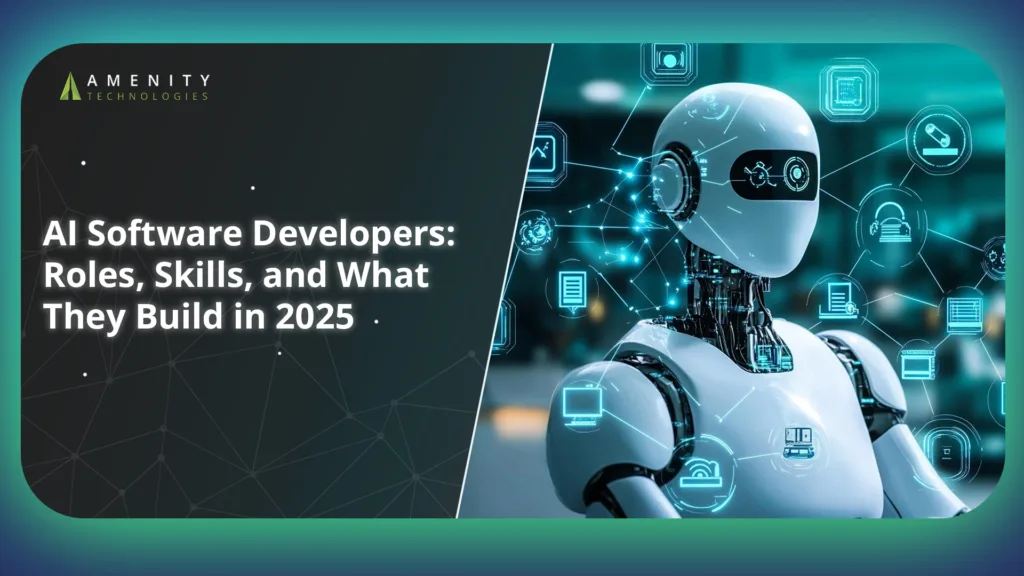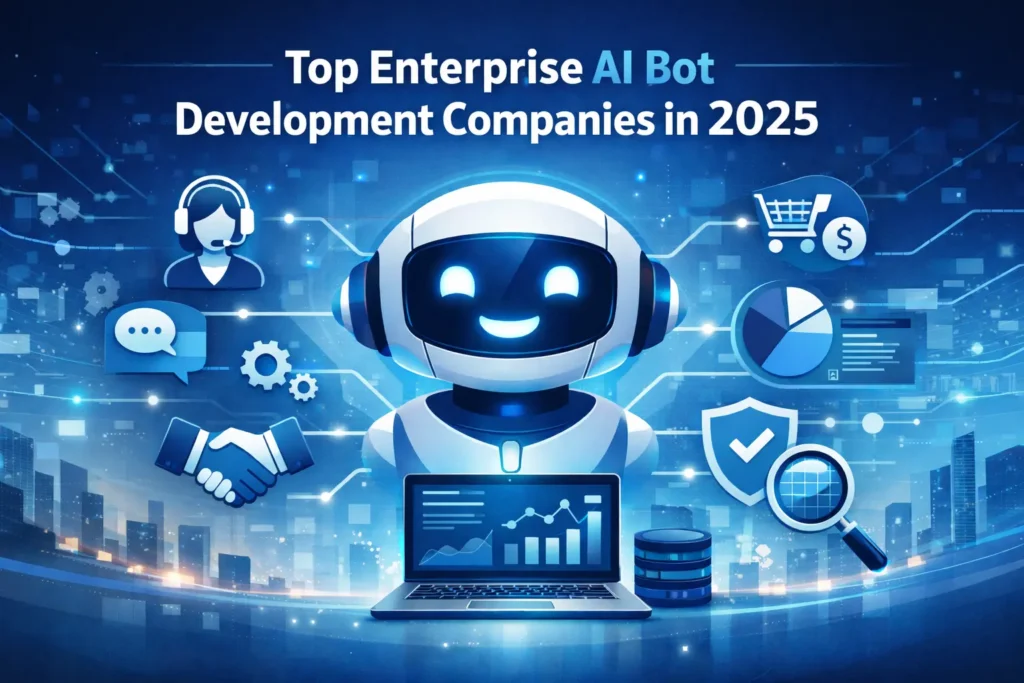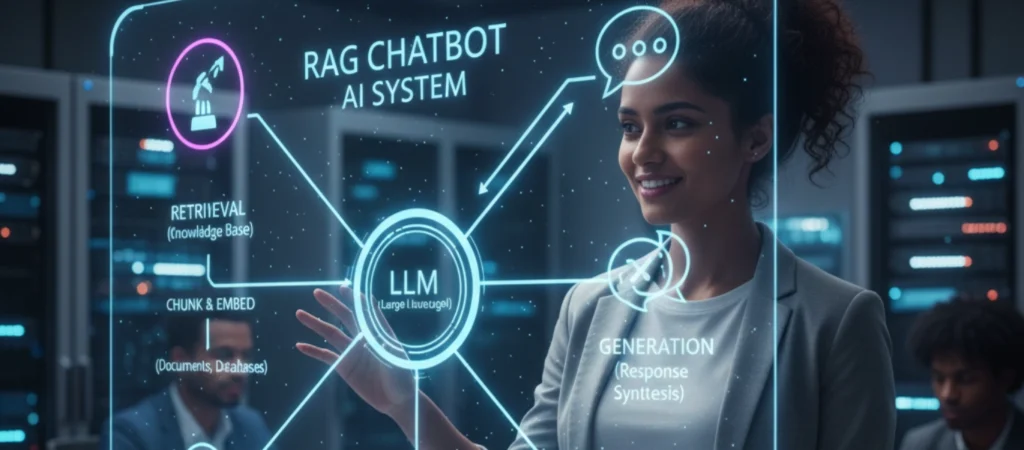Do you know how a finance tool instantly spots company names, earnings figures, or locations in reports? Named entity recognition makes that possible by converting raw text into structured data. Leading models like BERT‑large and LUKE score between 92% to 94% F1 on the CoNLL-2003 benchmark. Lighter models like DistilBERT can still achieve over 95% F1 in evaluation.
Imagine handling social media feeds or news streams, what if the system could tag every mention of a brand or person with high accuracy? Today, NLP entity extraction tools power search relevance and brand monitoring, often cutting project timelines by over 25%.
NER has come a long way from simple pattern‑matching. Modern deep learning NER models use transformers to understand context and support multilingual and domain‑specific cases. But building a reliable system still requires smart annotation, regular updates, and careful domain adaptation.
So how does named entity recognition identify “Apple” as an organization or a fruit? And what methods deliver those high-precision results? Let’s explore next.
What is Named Entity Recognition?
Named entity recognition is a core task in NLP that identifies specific information types in text, like people, locations, organizations, dates, and monetary values. It breaks down the process into tokenization, classification, and tagging.
For example, in the sentence “Apple Inc. released a new product in California,” NER tags “Apple Inc.” as an organization and “California” as a location.
Earlier systems relied on hand-written rules and pattern-matching. Those struggled with scale and ambiguity. Today’s models use deep learning and transformer-based architectures to analyze word context with high accuracy.
Leading Methods for Named Entity Recognition
Modern named entity recognition models use a mix of rule-based, statistical, and deep learning techniques. Each method has different performance characteristics and ideal use cases.
1. Rule-Based and Gazetteer Techniques
These approaches use regular expressions and predefined lists to tag entities. They work quickly but often fail on ambiguous or unfamiliar text. Gazetteers need constant updating and can’t adapt to new contexts.
2. Statistical ML (HMMs, CRFs, SVMs)
Statistical models like Hidden Markov Models (HMMs), Conditional Random Fields (CRFs), and Support Vector Machines (SVMs) rely on hand-crafted features and annotated datasets. They improve flexibility compared to rules but still fall short on semantic understanding.
3. Deep Learning Approaches (LSTM, BERT)
Recurrent neural networks and transformer models like BERT analyze the surrounding context of each word. This leads to stronger performance in complex, domain-specific documents. Pre-trained transformer-based models now dominate benchmarks, offering robust accuracy across languages and formats.
Few-shot and zero-shot models require minimal training data and can generalize better to new domains. Multimodal NER combines text with images or tables. Multilingual NER continues to grow, with models like XLM-R supporting 100+ languages effectively.
Each technique supports different NLP entity extraction needs, depending on scale, speed, and language complexity.
Real-World Use Cases
Named entity recognition plays a direct role in automating high-value business functions. Accurate NLP entity extraction improves decision-making, compliance, and efficiency. Let’s understand its use case in different industries:
- Search Engines
Use named entity recognition to identify locations, organizations, and people mentioned in queries. This helps refine intent and return more accurate results based on context.
- Customer Service
Apply NLP entity extraction to route queries to the correct department by identifying product names, complaint categories, and service types from text inputs.
- Healthcare
Extract key medical details like symptoms, conditions, patient identifiers, and prescribed treatments from clinical notes and health records using NER methods. This supports faster diagnosis and documentation.
- Finance
Use named entity recognition to detect entities such as company names, financial instruments, currencies, and market indicators in analyst reports or market feeds. Automates classification and alerting processes.
- Media Monitoring
Track mentions of entities across online sources, enabling sentiment analysis and trend identification. Helps organizations stay informed about public perception and competitor activity.
- E-commerce
Use NER to extract structured attributes from product titles and specifications. This improves filtering, recommendation accuracy, and catalog organization at scale.
Key Challenges in Named Entity Recognition
Even with the accuracy gains from deep learning NER and transformer-based models, several challenges limit consistent performance. Issues like context ambiguity, inconsistent data labeling, and underrepresented domains affect both precision and recall.
As organizations scale NLP entity recognition across new languages and industries, understanding these bottlenecks becomes essential for improving outcomes.
1. Ambiguity in Entities
One of the most common issues in named entity recognition is ambiguity. A single word can refer to different entity types depending on context. For example, a term might represent a company in one sentence and a location in another. Even with advanced transformer-based models, disambiguation errors occur when contextual clues are weak or conflicting.
2. Domain-Specific Language
Generic NER methods often underperform when applied to specialized texts like legal documents, clinical notes, or technical manuals. These domains use unique terminology and abbreviations not present in general training data. Without targeted training, models struggle to identify and classify entities accurately. Domain-adapted models or fine-tuning with annotated examples is essential for reliable results.
3. Low-Resource Languages
Multilingual NER faces accuracy issues in languages with limited training data. Many models focus on high-resource languages, leaving others underserved. To close this gap, teams apply transfer learning, machine translation, or cross-lingual embeddings, but these solutions often require additional tuning.
4. Emerging and Rare Entities
Entity recognition struggles with new brand names, products, slang, and other recently introduced terms. Static training sets do not capture these updates, leading to missed or misclassified entities. Frequent retraining with updated corpora helps address this issue.
5. Annotation Quality and Bias
Low-quality annotations reduce model accuracy. Inconsistent tagging, underrepresented groups, or overlooked entity types introduce bias. These errors can cause false positives or missed entities. Ensuring high-quality annotations and reviewing for fairness is critical in all NER use cases.
How Amenity Technologies Can Help?
Amenity Technologies builds named entity recognition systems designed for production use in finance, legal, and healthcare workflows. These models are fine-tuned using domain-specific corpora, improving extraction accuracy on jargon-heavy documents.
By combining rule-based logic with AI-driven NER methods, the platform achieves higher precision and recall across structured and unstructured inputs. This hybrid approach minimizes false positives, especially in sensitive domains.
Here are the benefits of the solution:
- Supports multilingual NER and domain adaptation to suit various sectors and languages
- Offers customizable entity taxonomies for extracting relevant data types
- Uses advanced data labeling workflows to ensure high-quality annotations
- Implements real-time monitoring and automated retraining pipelines to maintain model performance over time
Conclusion
Named entity recognition transforms raw text into actionable information across multiple industries. Advances in deep learning and transformer models have pushed accuracy higher, enabling better insights in finance, healthcare, and customer service.
However, challenges like ambiguous entities, domain-specific language, and multilingual needs still demand careful model tuning and quality data. Platforms like Amenity Technologies provide tailored solutions combining rule-based and AI methods, ensuring precise, scalable NLP entity extraction.
Investing in the right tools and expertise turns unstructured text into a strategic asset that supports faster decisions and operational efficiency.
FAQs
Q1: What is Named Entity Recognition in NLP?
It identifies and classifies key entities like people, organizations, or locations within text using NLP entity extraction techniques.
Q2: How does NLP entity extraction work?
It breaks text into tokens, then tags entities using models trained on annotated datasets.
Q3: What are the main methods used in NER?
Methods include rule-based systems, statistical machine learning, and deep learning models like transformers.
Q4: Why is Named Entity Recognition important in business?
It structures unstructured text, enabling better search, analysis, and decision-making.
Q5: What challenges affect NER accuracy?
Ambiguity, domain-specific jargon, low-resource languages, rare entities, and annotation quality impact results.
Q6: How does Amenity Technologies improve NER results?
By combining fine-tuned AI models with rule-based approaches, multilingual support, and quality annotation workflows.






